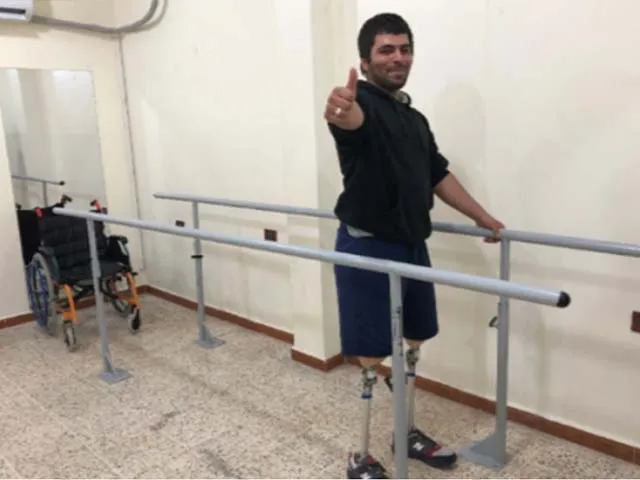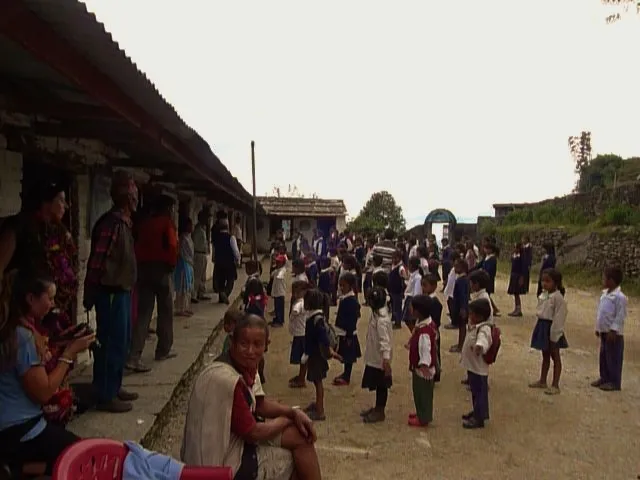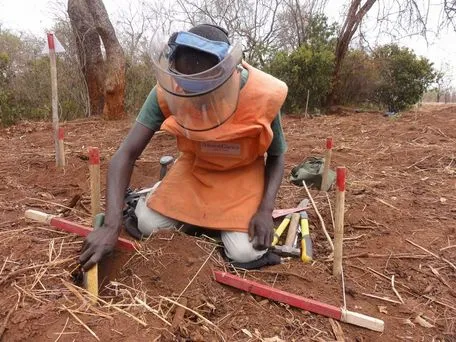Since the signing of the Schengen treaty, circulation of people across Europe became much easier. We are now free to move and live in any European Union country we choose, as the internal borders exist only on (the) maps. But what about the EU’s external borders? How are they protected and whose task is it to protect them?
The Schengen Borders Code clearly states that the primary responsibility of border control lies with those Schengen countries which own an external border – including land and sea borders and international airports. One key requirement is that Member States with an external frontier must ensure that proper checks and effective surveillance are carried out (there). EU and Schengen Associated Countries also assist each other with the effective application of border controls via operational cooperation, which is coordinated by the EU agency Frontex. Its main task is to augment and add value to border control activities of the Member States.
Despite all this, Italian governments have over the years felt abandoned by the other EU countries. The task to patrol a major part of the Mediterranean Sea, as the natural Southern European Union border, with limited national resources and very few Communitarian, has proven to be too much even for one of the EU founding members. Given these circumstances, Italy entered into agreements with North African countries, including a treaty joining forces with Lybia, in order to repel the assault of illegal immigrants on Fortress Europe. This was the beginning of the infamous push-back policy, ending with the Libyan up rise.
From the dark pages of Human Rights violation through the repatriation operations to ground-breaking court sentences, this paper briefly analyzes the current and past events which got Italy condemned by the European Court of Human Rights.
What is the Non-Refoulement principle? Does Italy respect it? What is the push-back policy? What i the Italian and the EU policy on immigration and repatriation? And what is the European Court of Human Rights’ opinion on the implemented policies?
This thesis tries to answer these questions and many more, while at the same time giving a picture of Italy’s lost battle to maintain the EU’s southern border sealed.













